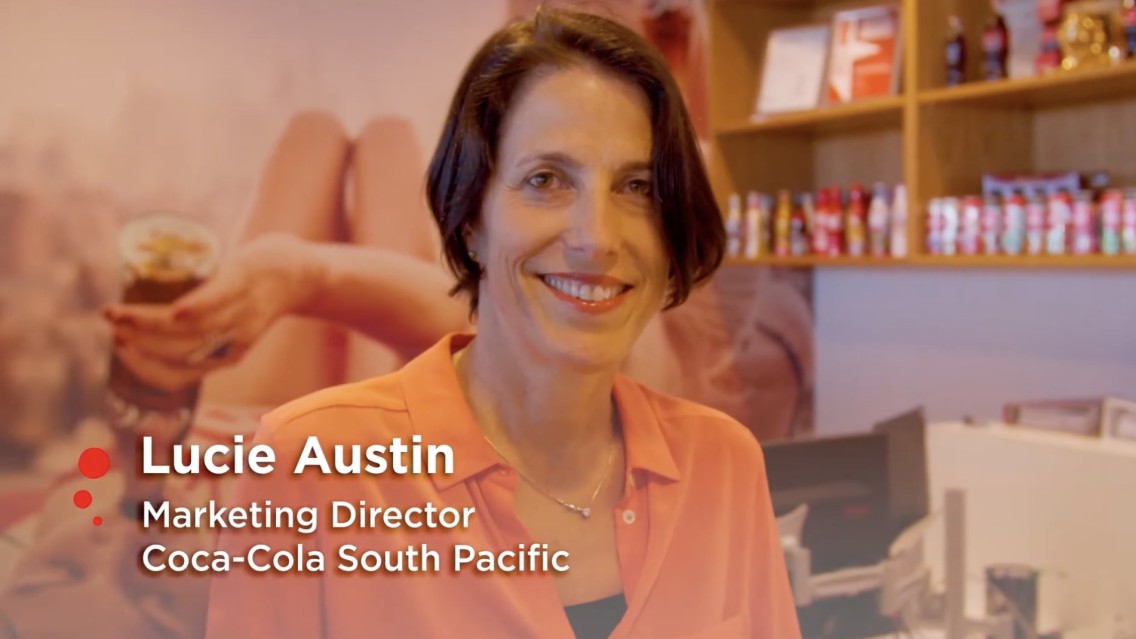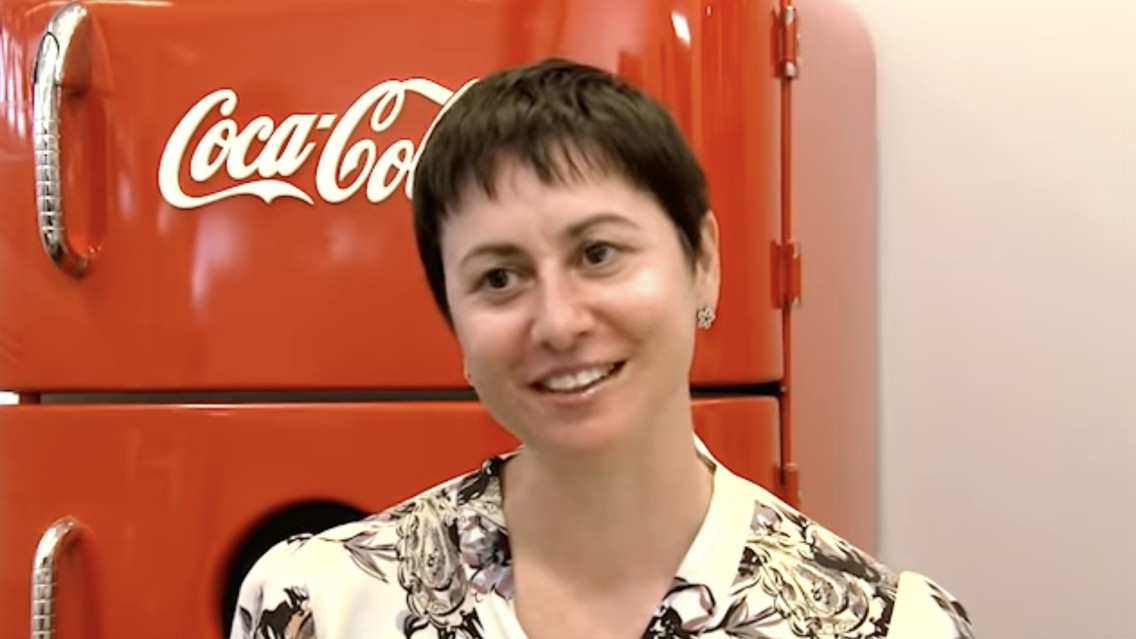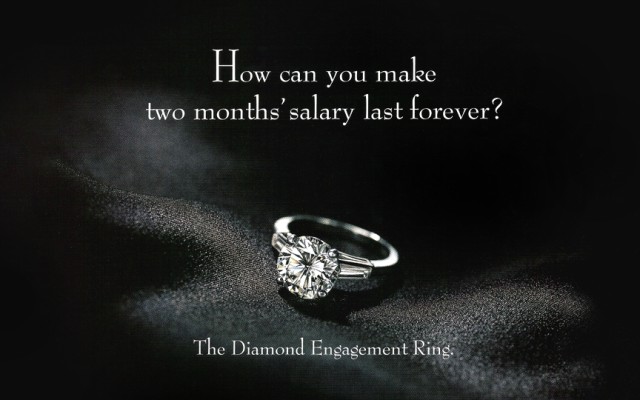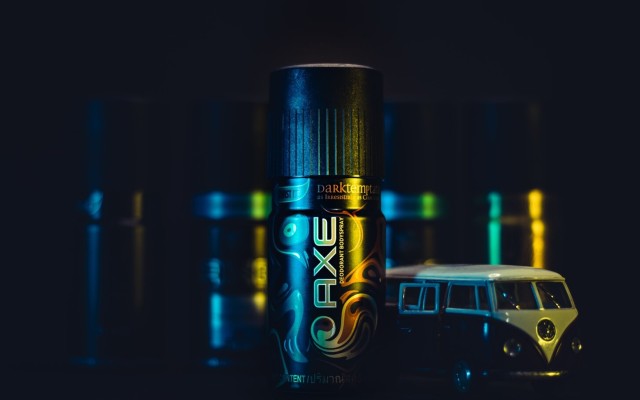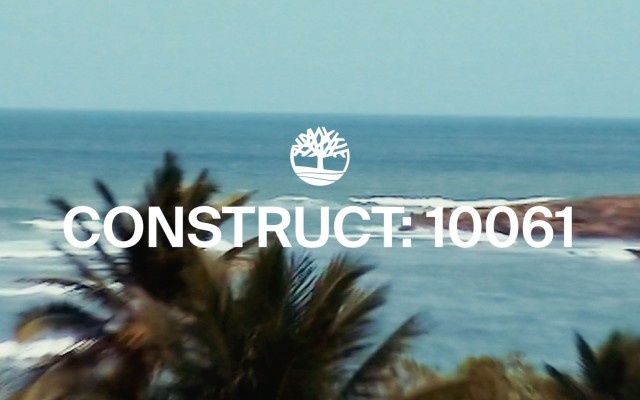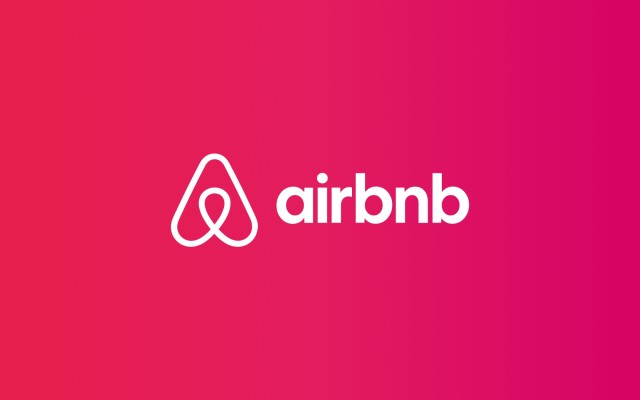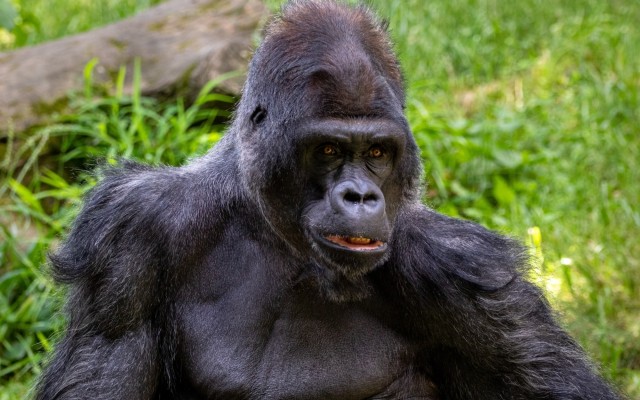 Turn a Soda into a Personal Experience?
Turn a Soda into a Personal Experience?
Success story
faster than the Hyperloop
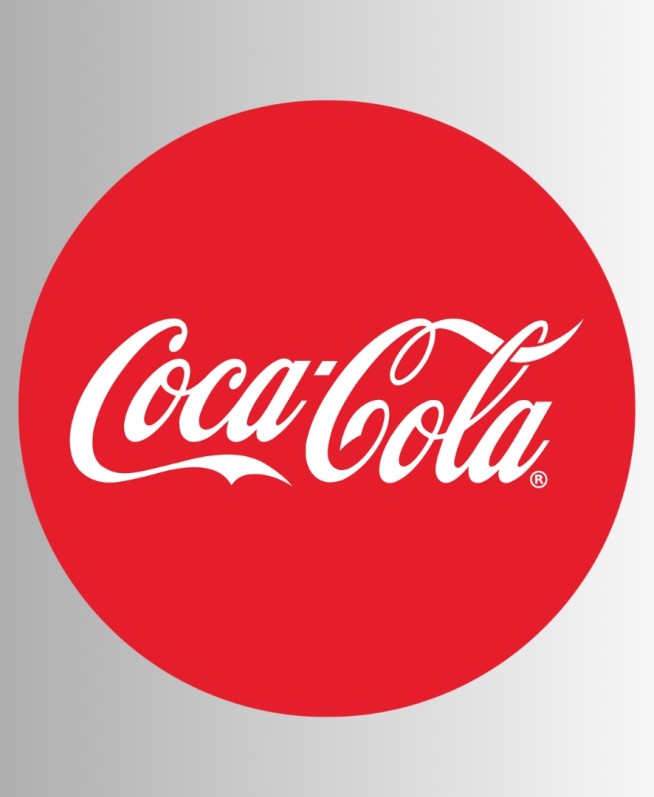
The Coca Cola Company
The story behind the global "Share a Coke" campaign
Founded over a hundred years ago, Coca-Cola became a household name thanks to countless strong and emotionally appealing marketing campaigns. From the “Diet Coke Break” with the hunky window washer to being credited for the modern image of Santa Claus, we dive into one of the brand’s more recent successes; the “Share a Coke” campaign.
In the realm of iconic marketing campaigns, Coca-Cola's "Share a Coke" stands tall. Launched in 2011, it quickly became a global phenomenon, with people posting photos with their personalized bottle or can from all over the world.
Behind the scenes, however, this revolutionary campaign faced numerous challenges and hurdles. We delve into the remarkable journey of "Share a Coke," uncovering the creative struggles, logistical challenges, and strategic decisions that made it a great success. Ultimately, the undeniable surge in sales serves as the ultimate testament to the campaign's triumph.
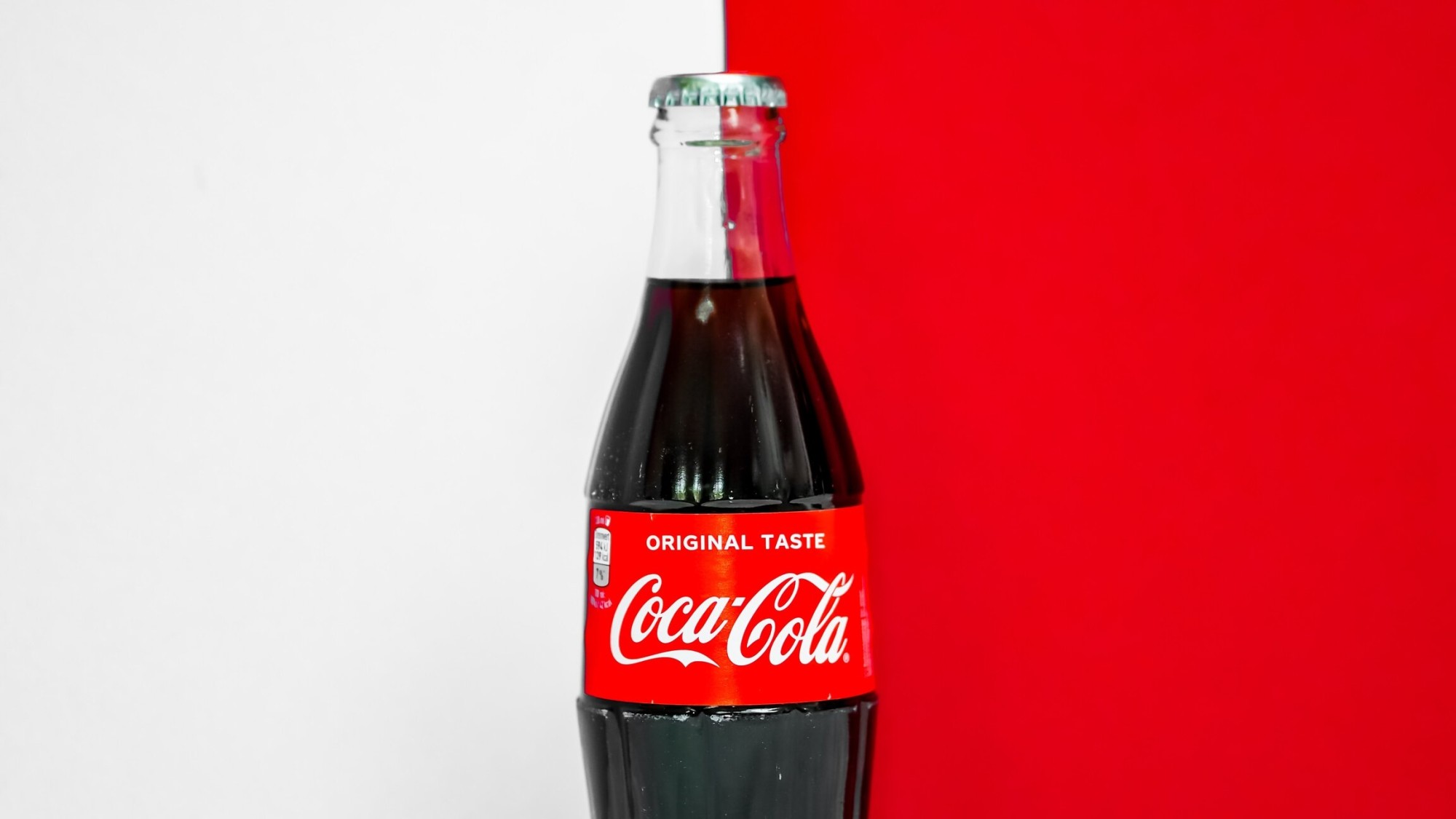
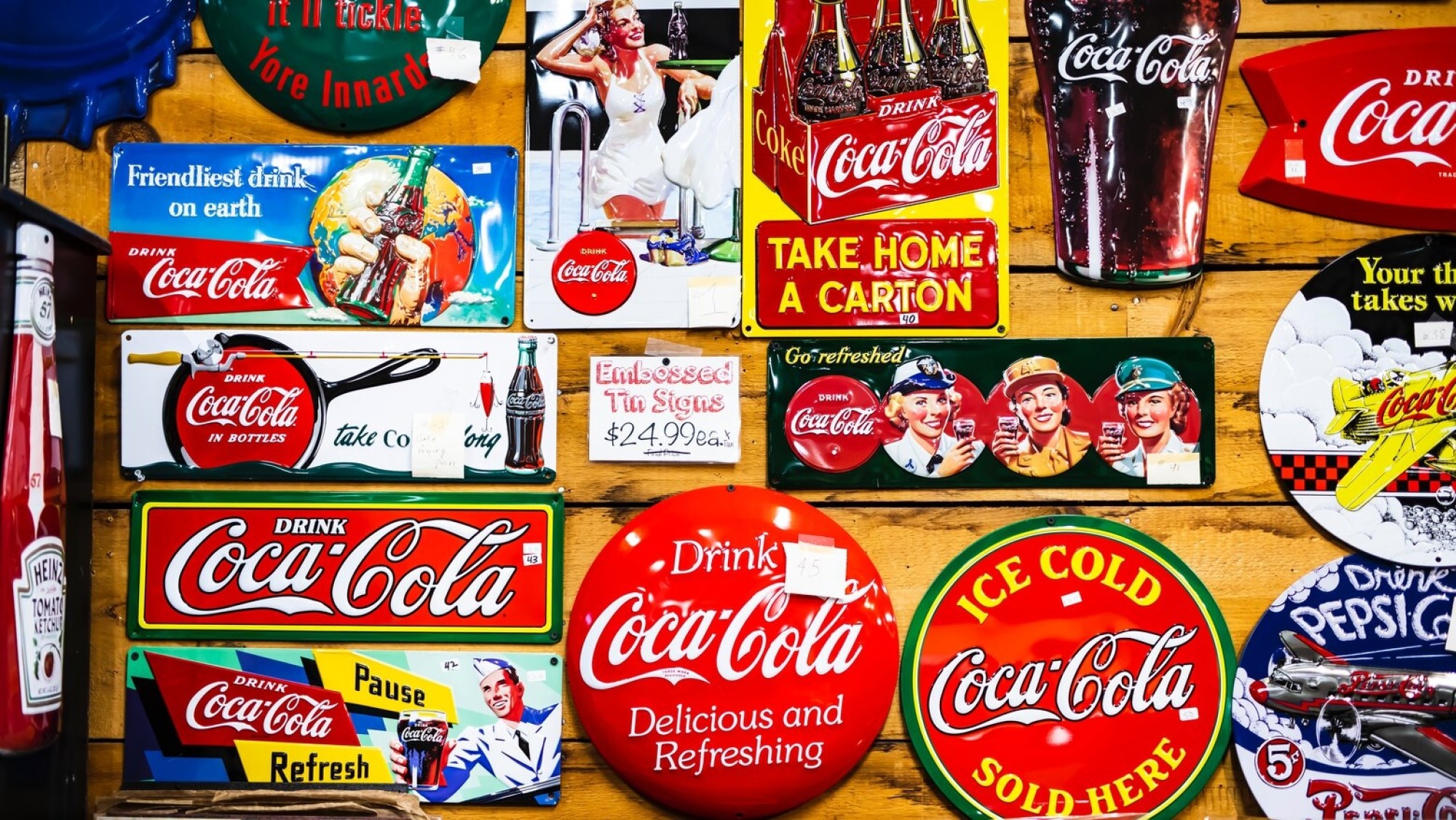
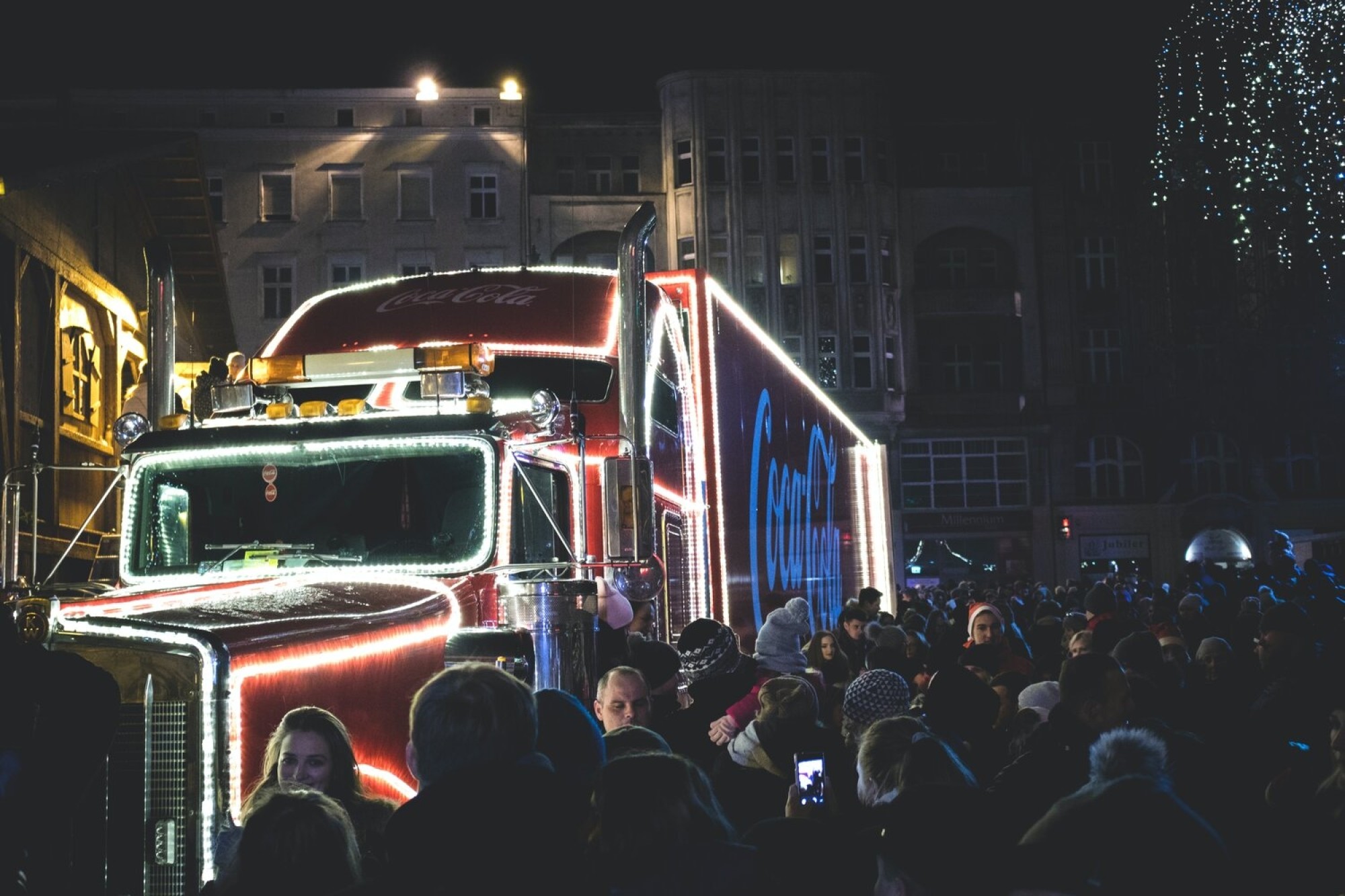
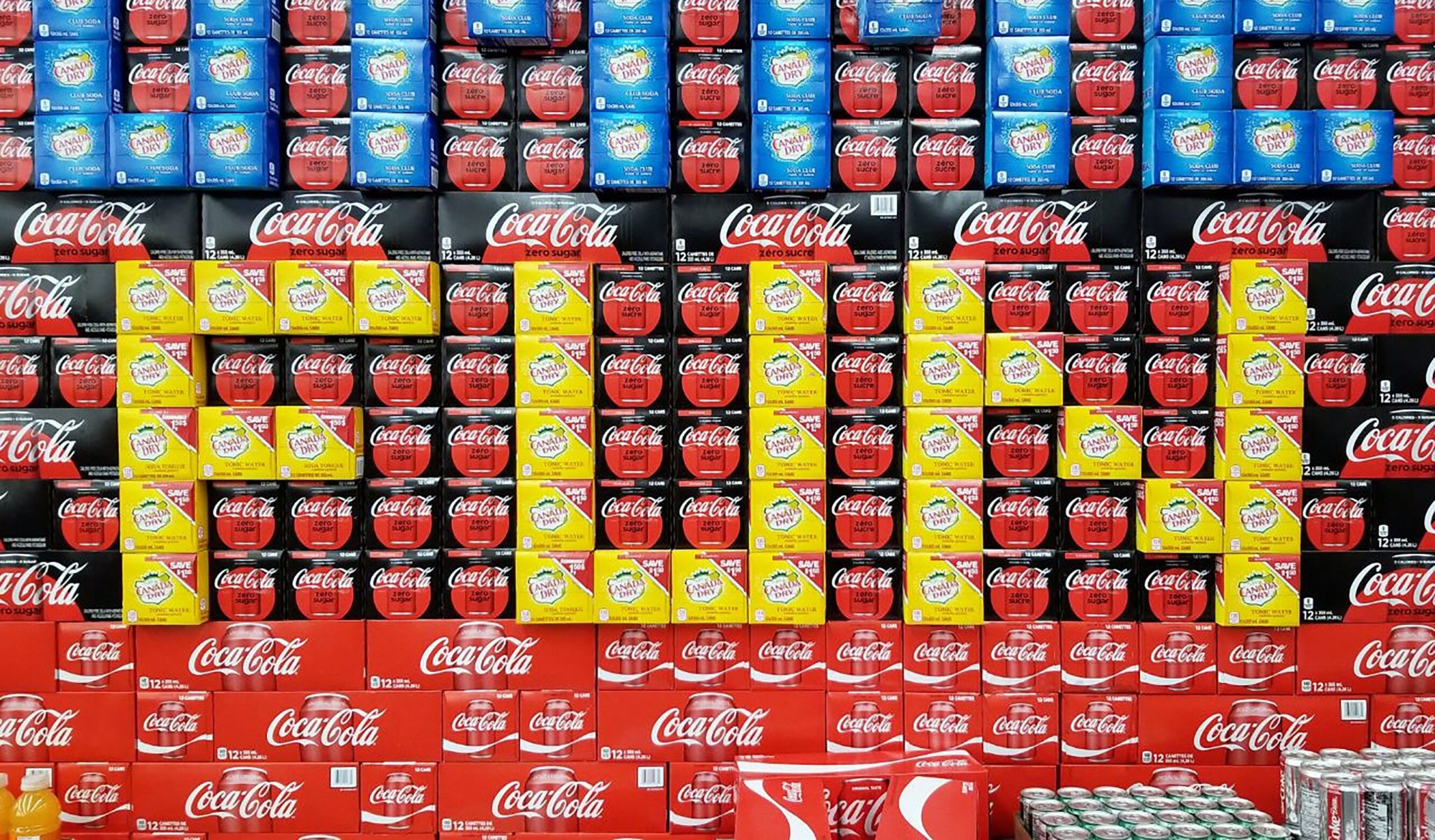
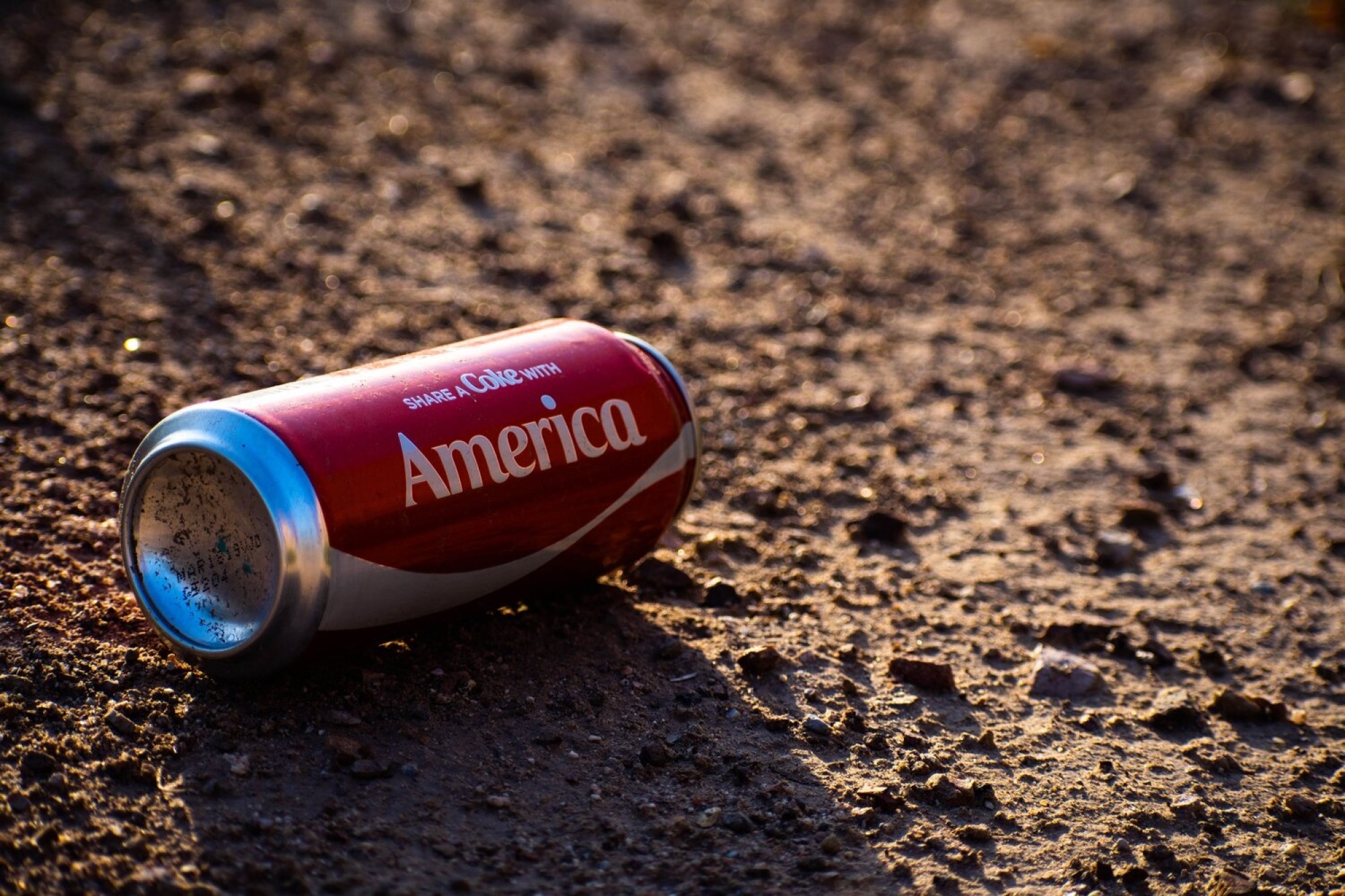
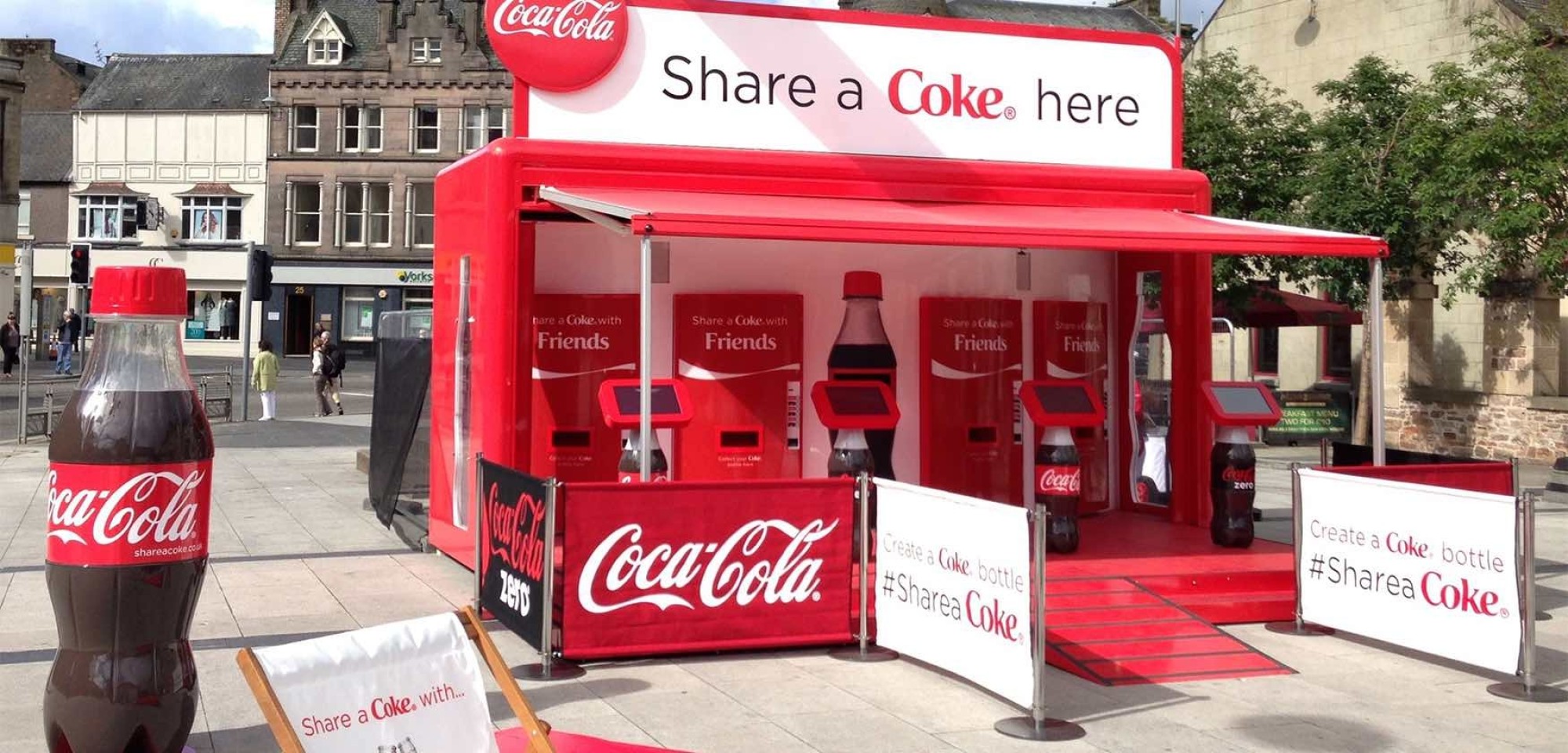
We made this massive submit button to show that we are truly interested in hearing about your projects.
Articles

